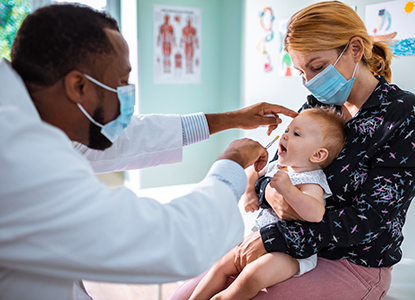
Safe Pediatric Anesthesia Medical Protocols
Safe Pediatric Anesthesia Medical Protocols are designed with the understanding that children are not just small adults; they have unique physiological and psychological needs that require specialized care. Performing anesthesia on infants, toddlers, and adolescents demands a high level of precision because their bodies process medications differently than adults. The metabolic rates in children are faster, their airways are smaller and more prone to obstruction, and their temperature regulation is less stable. Therefore, specialized pediatric anesthesiologists use specific protocols to calculate drug dosages based on weight and age to avoid toxicity or under-dosing. Safety is the paramount concern, and this involves using specialized equipment such as smaller breathing tubes and pediatric-sized monitoring cuffs. The goal is to ensure that the child remains stable throughout the surgery while minimizing the stress and trauma associated with being in a hospital environment.
Safe Pediatric Anesthesia Medical Protocols also emphasize the importance of creating a calm and anxiety-free environment for both the child and the parents before the procedure begins. Pre-medication is often administered in the form of a flavored syrup to sedate the child gently before they are taken away from their parents, preventing separation anxiety and panic. The induction of anesthesia is typically done using inhalation masks rather than needles, as fear of injections is common among young patients. Once the child is asleep, intravenous lines are established. Throughout the surgery, the anesthesiologist vigilantly monitors parameters like glucose levels and fluid balance, which are critical in pediatric patients. This specialized attention ensures that the childs brain and vital organs are protected from the stress of surgery and anesthesia, paving the way for a smoother wake-up process.
Safe Pediatric Anesthesia Medical Protocols extend into the recovery phase, where the focus shifts to effective pain management and monitoring for post-anesthesia complications. Children often cannot articulate their pain levels clearly, so specialists use age-appropriate pain scales and behavioral observation to assess comfort. The protocols include the use of regional blocks or local anesthetics to provide long-lasting pain relief without the side effects of strong narcotic medications. Nausea and vomiting are common issues in children after anesthesia, and prophylactic medicines are given to prevent this. The anesthesiologist also educates the parents on how to care for the child at home, what signs to watch for, and how to manage pain medications. By adhering to these strict safety standards, medical professionals ensure that surgical interventions in children are as safe and traumatic-free as possible.








